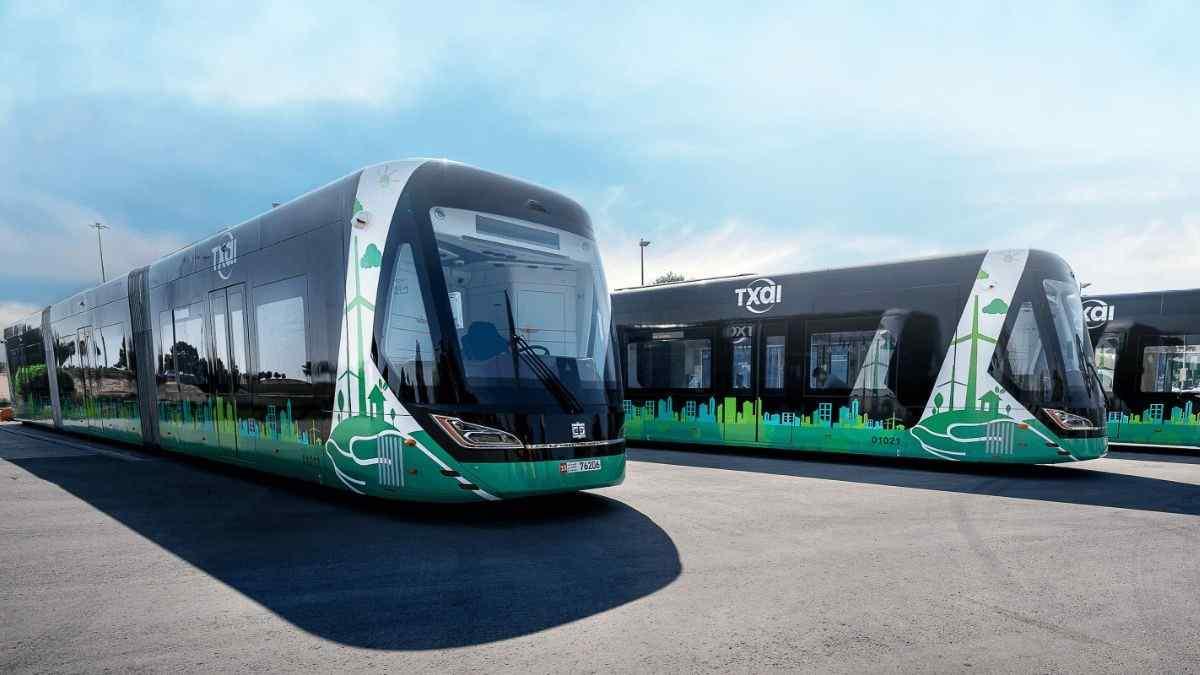Dubai's New Trackless Tram: A Driverless, Electric Transit System Set to Ease City Congestion
Dubai is paving the way for a revolutionary addition to its public transport network: a driverless, electric trackless tram. The Roads and Transport Authority (RTA) has launched a comprehensive study for the system, with a final decision expected by mid-2026. This initiative is a key part of Dubai's strategy to transform urban mobility, reduce traffic congestion, and meet the demands of its growing population.
A Strategic Move Towards Smarter Mobility
The trackless tram is not merely a new vehicle but a cornerstone of Dubai's ambition to have 25% of all trips be smart and driverless by 2030. By introducing this high-capacity, autonomous system, the RTA aims to lessen the load on road networks and advance the city's sustainability and efficiency goals. It represents a significant leap in the city's continuous effort to future-proof its transportation infrastructure.
How the Trackless Tram Technology Works
Unlike the traditional Dubai Tram, this innovative system operates without steel rails. Instead, it navigates city streets using "virtual tracks" guided by a combination of advanced optical sensors, GPS, and LiDAR technology.
This rail-free approach offers substantial benefits:
- Reduced Infrastructure Cost: Eliminates the need for expensive rail installation.
- Lower Environmental Impact: Minimizes construction disruption and land use.
- Simpler Maintenance: Without fixed tracks, upkeep becomes easier and more cost-effective.
For safe and efficient operation, the trams will run in dedicated lanes, similar to bus rapid transit systems. This ensures reliability by preventing interference from general traffic while allowing the vehicles to share the road with buses and cars seamlessly.
Impressive Capacity, Speed, and Design
The trackless tram is designed to bridge the gap between buses and traditional rail, offering a superior passenger experience:
- High Capacity: Each unit, comprising three carriages, can comfortably accommodate up to 300 passengers—far exceeding the capacity of a standard bus.
- Compact Footprint: Despite its length (32-42 meters), its width is comparable to a regular bus, allowing it to fit within existing urban road layouts.
- Electric & Efficient: Powered by batteries, the tram can travel up to 100 km on a single charge—a range that nearly covers the distance to Abu Dhabi.
- Increased Speed: With a top speed of 70 km/h and operational speeds of 25-60 km/h, it will be significantly faster than the current Dubai Tram, which averages just over 20 km/h due to frequent stops.
- Superior Maneuverability: Riding on rubber tyres, it requires a smaller turning radius (as tight as 12 meters) than rail-based trams, providing greater flexibility in route planning.
Deployment and Future Impact
While the RTA has previously identified eight key locations for the initial network, the final routes will be confirmed after the study's completion. The system's flexibility allows for future expansion based on demand and urban development.
The introduction of the trackless tram is a strategic response to Dubai's dual challenges of population growth and traffic congestion. By offering a high-capacity, zero-emission transit option, it supports broader goals of creating a smarter, greener, and more seamless public transport ecosystem. This investment underscores Dubai's commitment to adopting cutting-edge technology to enhance urban living, providing a scalable and adaptable solution for the cities of the future.




